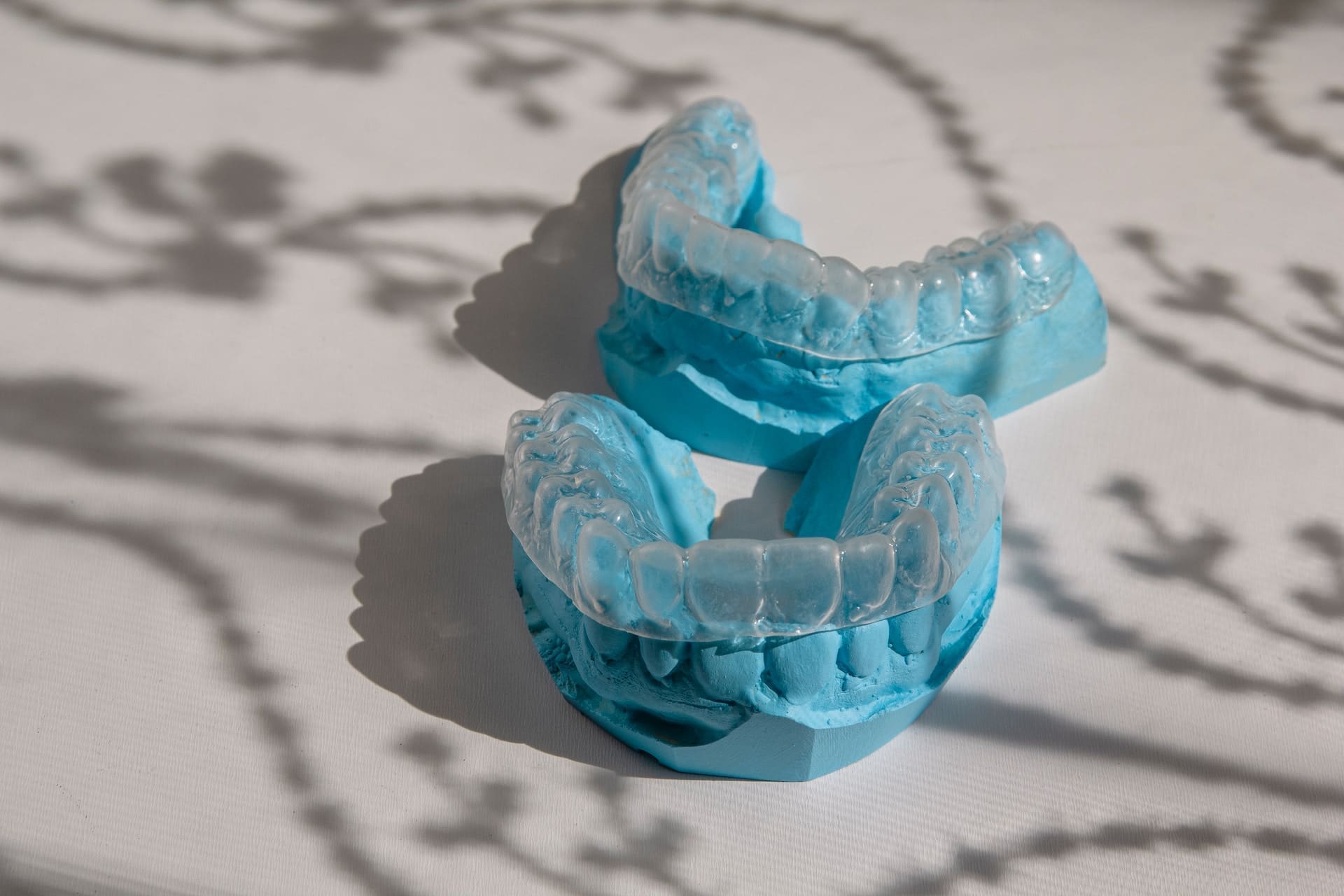Dispelling 7 Common Myths and Falsehoods About Tongue Tie
Tongue tie, or ankyloglossia, is a condition that occurs when the tongue is tethered to the floor of the mouth by a thin strip of tissue. This can make it difficult to move the tongue, which can cause problems with eating, speaking, and oral hygiene. Tongue tie is relatively common, occurring in about 4 percent of babies. There are several myths and misconceptions about tongue tie that can cause parents to worry unnecessarily.
Here are seven common myths about tongue tie, and the truth behind them.
-
The Tongue Tie Will Stretch Itself Out
One common myth about tongue tie is that the condition will resolve itself over time. However, this is not the case. The tissue that tethers the tongue to the floor of the mouth is very strong and will not stretch out on its own. In fact, the tongue may actually become more tethered as the child grows, as the tissue becomes thicker and more fibrous.
-
The Tongue Tie Babies Have No Problem Swallowing Food
Another myth about tongue tie is that babies with the condition can still swallow food normally. However, this is not always the case. tongue tie can cause difficulty with breast or bottle feeding, as the baby may not be able to latch on properly or may have difficulty sucking. This can lead to poor weight gain and failure to thrive.
-
Treating Tongue Ties is a New Concept
While tongue tie surgery is a relatively new procedure, the condition itself is not new. tongue tie has been described in medical literature for centuries, and there are records of tongue tie surgery dating back to the 1800s.
-
Posterior Tongue Tie Isn’t Real
Posterior tongue tie is a condition in which the tongue is tethered to the back of the mouth, rather than the floor. While this condition is not as well-known as anterior tongue tie, it is just as real and can cause similar problems.
-
Everyone Gets a Laser Treatment
Laser surgery is the most common treatment for tongue tie, but it is not appropriate for everyone. In some cases, a simple frenectomy (surgical release of the tongue tie) may be all that is needed. Your child’s doctor will determine the best treatment option based on the severity of the tongue tie and your child’s individual needs.
-
Tongue Tie Doesn’t Cause Snoring in Adults
Tongue tie can cause snoring or sleep apnea in adults when the tongue is unable to move freely, obstructing airflow and causing the soft palate to collapse. Many adults with tongue tie have never been diagnosed and have no idea that their tongue tie could be the cause of their snoring or sleep apnea.
-
Tongue Tie Can Be Treated With Scissors
A frenectomy is the most common treatment for tongue tie, and it is usually done with a laser. In some cases, a simple frenectomy (surgical release of the tongue tie) may be all that is needed. Your child’s doctor will determine the best treatment option based on the severity of the tongue tie and your child’s individual needs.
Conclusion
There are many myths and misconceptions about tongue tie. Tongue tie does not necessarily cause problems with breastfeeding, and it can often be treated successfully. If you are concerned that your child may have a tongue tie, it is best to speak to a healthcare professional for advice.
Schedule a session at Lexington Smile Studio today for safe CO2 laser for tongue tie! We use exceptional care standards through our full range of dental services: cosmetic, prosthodontics, implants, periodontics, and laser!






